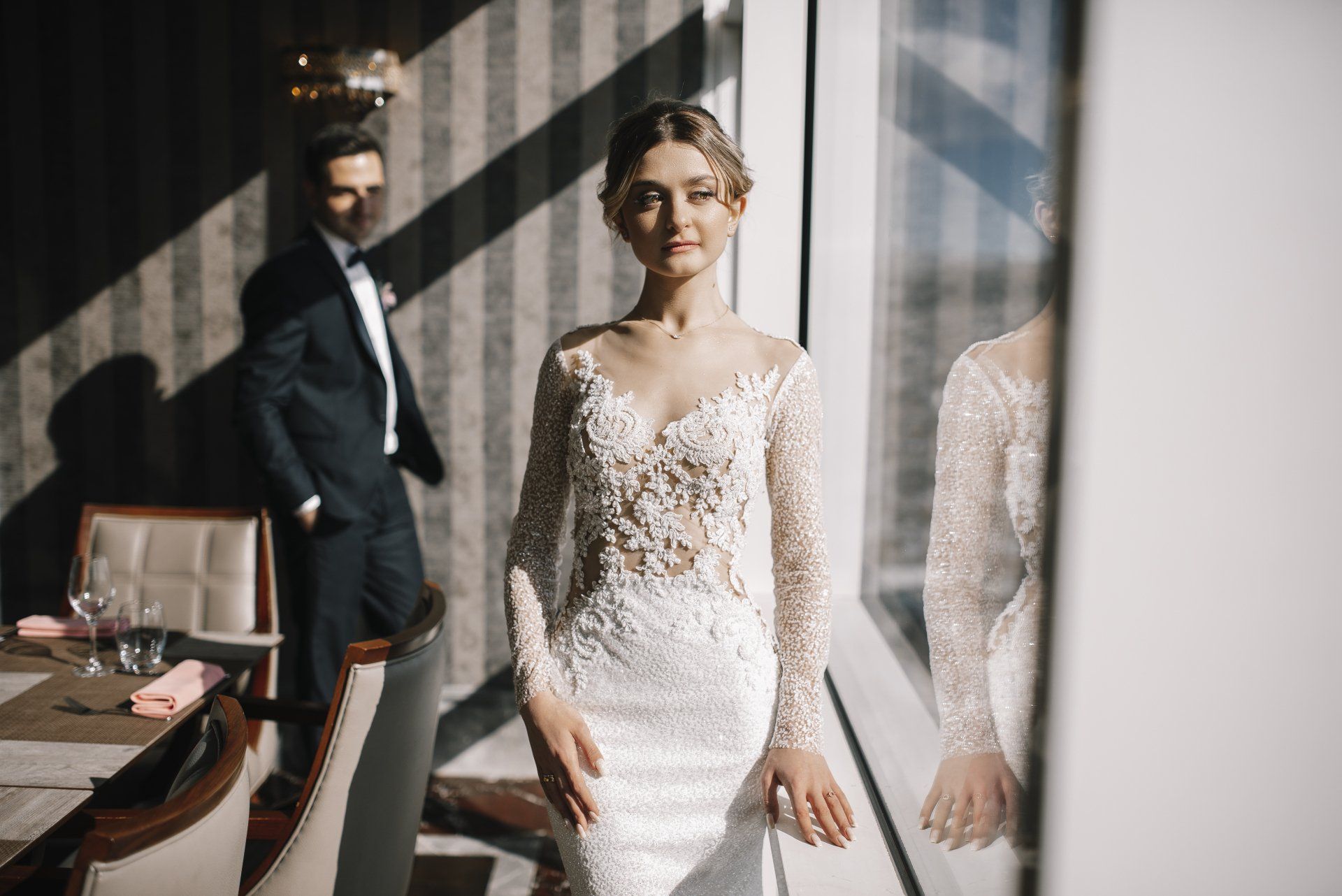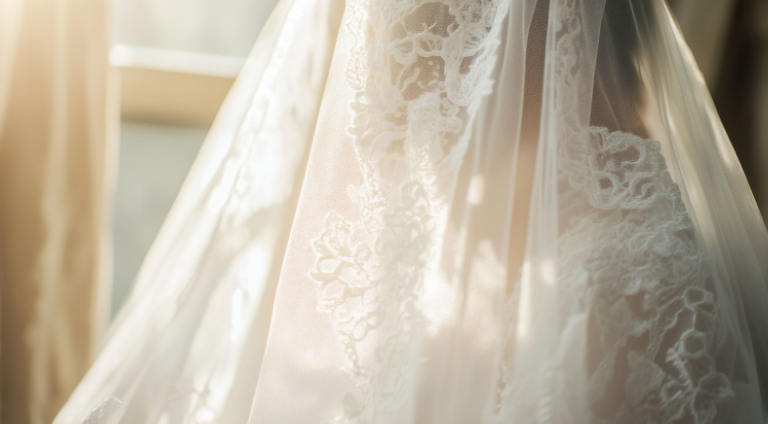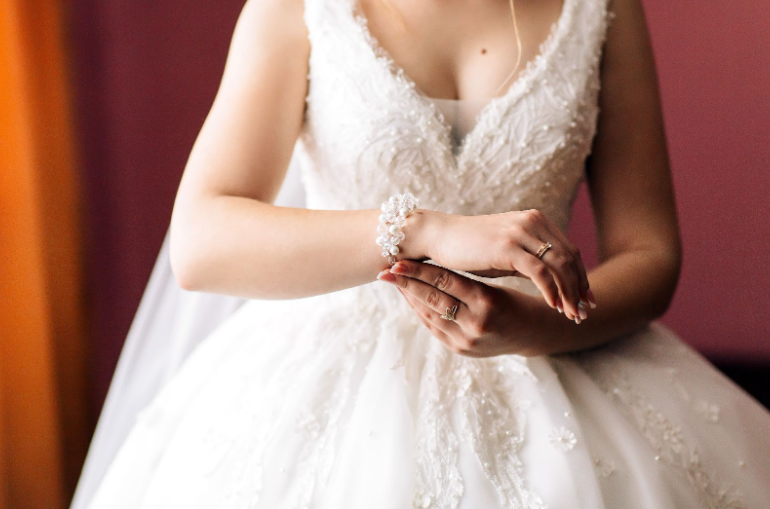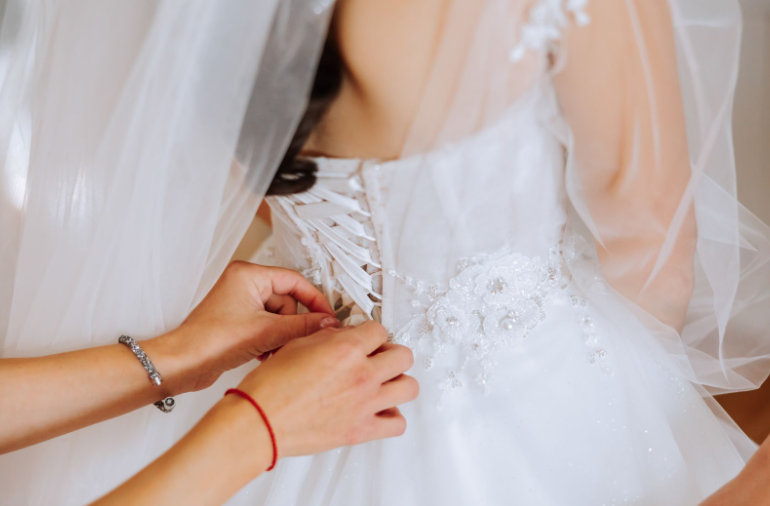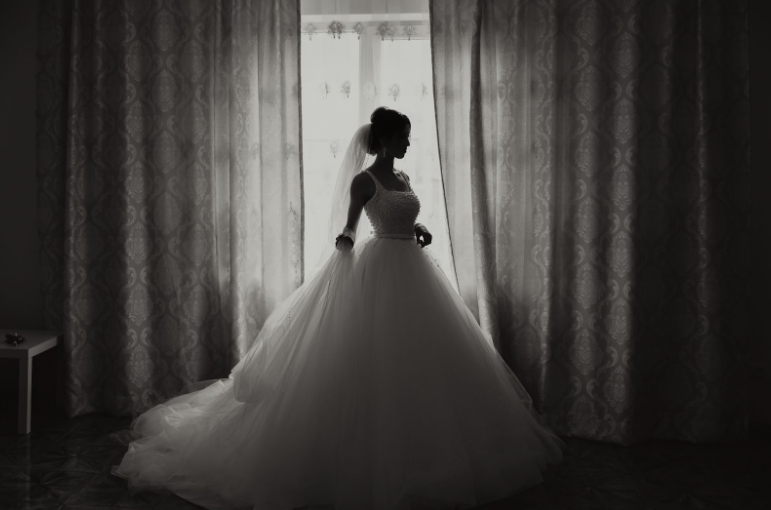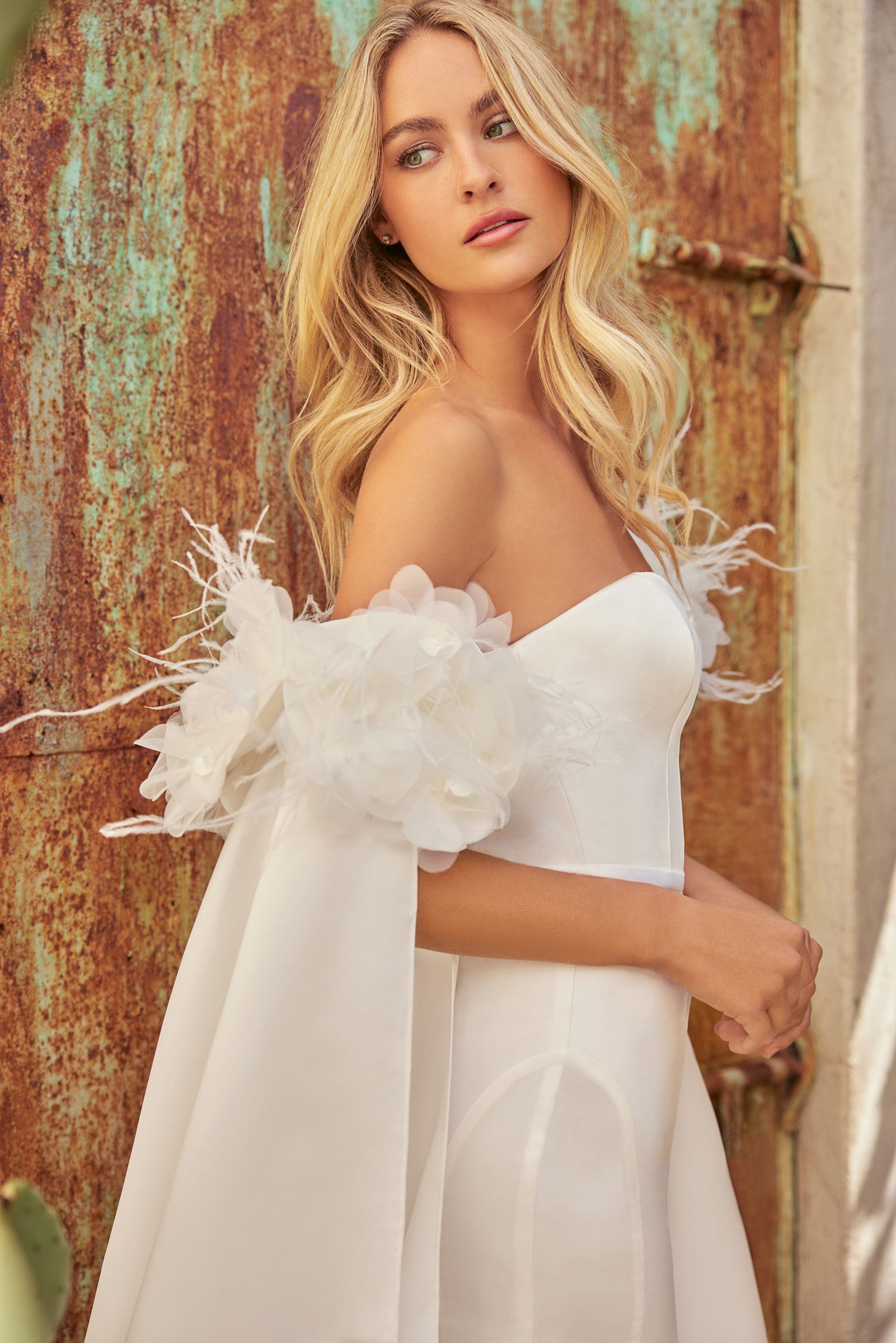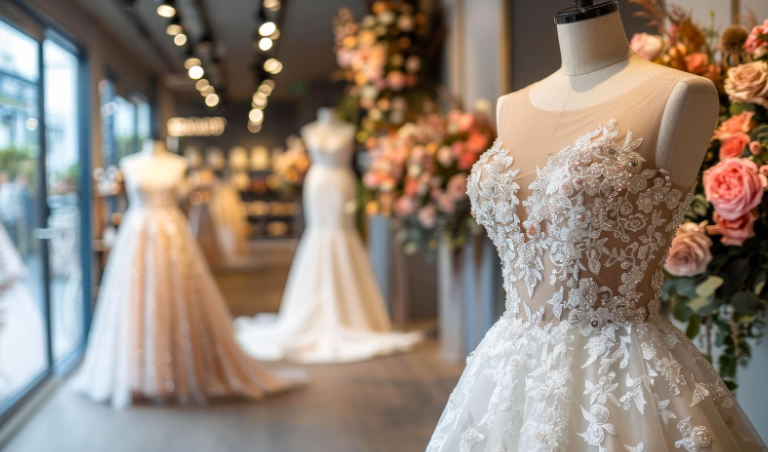The Evolution of Bridal Fashion Over the Decades
Bridal fashion has always been a reflection of the cultural and societal changes occurring at any given time. From the opulent designs of the early 20th century to the minimalist styles of the 1990s, each decade has left its mark on what we consider bridal fashion today.
Early 20th Century Bridal Fashion
The early 20th century, particularly the Edwardian era, significantly impacted bridal fashion. Known for its opulence, this period favored intricate lace, high necklines, and lavish embellishments. These elements were often seen in the wedding gowns of the time, reflecting the grandeur of the era. The onset of World War I brought about a shift towards simpler designs and more practical fabrics. With resources diverted to the war effort, brides began opting for more understated gowns, focusing on functionality without sacrificing elegance.
One of the iconic bridal fashion moments from this era was Queen Elizabeth's wedding dress, which exemplified the transition from Edwardian opulence to the more modest styles necessitated by the war. Her dress was a blend of traditional lace and a simpler silhouette, setting a precedent for post-war bridal fashion.
The Roaring Twenties and the Flapper Influence
The 1920s brought a dramatic shift in bridal fashion, heavily influenced by the flapper style and the jazz culture of the era. Hemlines rose, and silhouettes became looser, reflecting the newfound freedom and modernity of the time. This decade was characterized by economic prosperity, allowing for more elaborate designs and luxurious materials. Wedding dresses often featured intricate beadwork and fringe, mirroring the exuberance of the Jazz Age.
The flapper influence was evident in the bridal fashion of the time, with brides embracing shorter, more playful dresses that broke away from the traditional constraints of earlier decades. This era was marked by a spirit of rebellion and celebration, which was clearly reflected in the wedding attire.
Mid-Century Modern: 1940s to 1960s
The mid-20th century saw a return to traditional styles in the 1940s, following the end of World War II. Brides gravitated towards classic silhouettes, emphasizing modesty and femininity. The 1950s further emphasized these elements, with cinched waists and full skirts becoming the hallmark of bridal fashion. This period was all about celebrating femininity and elegance, often featuring lavish fabrics and intricate detailing.
The 1960s introduced more modern, streamlined silhouettes. Influential figures like Audrey Hepburn set trends with iconic dresses that were simple yet sophisticated. Her wedding dress from "Funny Face" epitomized this shift, showcasing a minimalist design that was both chic and contemporary.
The Bold and Bohemian 1970s
The 1970s marked a departure from the structured styles of previous decades, embracing the bohemian aesthetic influenced by the hippie movement. This era saw the rise of natural fabrics and flowing designs, with brides opting for dresses that reflected their individuality and personal style. The focus was on comfort and expression, with many brides choosing to incorporate elements like floral crowns and earthy tones into their wedding attire.
Personalization became increasingly important, with brides seeking unique dresses that resonated with their personal tastes. This trend towards individual expression laid the groundwork for future bridal fashion trends, emphasizing the importance of personal style in wedding attire.
The Extravagant 1980s
The 1980s were characterized by a cultural emphasis on opulence, which was clearly reflected in bridal fashion. Royal weddings, such as Princess Diana's, had a profound influence on the styles of the time. Her wedding dress, with its puffed sleeves, elaborate lace, and long train, set a new standard for bridal fashion, inspiring countless brides around the world.
This era was all about making a statement, with wedding dresses featuring bold designs and extravagant detailing. The influence of royal weddings and the cultural focus on luxury and excess were evident in the bridal fashion choices of the time.
Minimalism and Modernity: 1990s to Early 2000s
The 1990s saw a shift towards minimalist designs, with fashion icons like Carolyn Bessette-Kennedy leading the way. Her wedding dress, characterized by its sleek silhouette and understated elegance, epitomized the minimalist aesthetic that became popular during this decade. The focus was on clean lines and simplicity, with brides opting for less traditional materials and designs.
The early 2000s continued this trend, with an emphasis on sleek silhouettes and innovative materials. Pop culture and celebrity weddings played a significant role in shaping bridal trends, with brides looking to emulate the styles seen on their favorite celebrities. This period was marked by a fusion of traditional elements with modern design, creating a unique and contemporary bridal aesthetic.
Current Trends and Future Directions
Today's bridal fashion is a blend of past influences and modern innovations, reflecting a diverse range of styles and preferences. There is a growing emphasis on sustainability and ethical fashion, with many brides seeking gowns made from environmentally friendly materials. The importance of sustainability in fashion is becoming increasingly recognized, with many designers focusing on creating eco-friendly bridal collections.
Customization and personalization are also significant trends in modern bridal fashion, with brides looking to create unique gowns that reflect their personal style. The influence of celebrity weddings continues to shape bridal trends, with many brides drawing inspiration from the wedding attire of their favorite stars.
The Impact of Technology on Bridal Fashion
The digital age has introduced new possibilities for bridal fashion, transforming how brides shop for their wedding attire. Online platforms and virtual try-ons have made it easier for brides to explore a wide range of styles and designers from the comfort of their homes. Social media has also played a pivotal role, allowing brides to share their bridal journey and draw inspiration from influencers and other brides around the world.
Technology has enabled designers to experiment with innovative fabrics and designs, pushing the boundaries of traditional bridal fashion. 3D printing and digital embroidery are just a few examples of how technology is influencing modern bridal trends. As technology continues to advance, it will undoubtedly play an even greater role in shaping the future of bridal fashion.
Bridal fashion is a reflection of the times, continually evolving to incorporate new ideas and influences. From the opulence of the early 20th century to the modern, sustainable designs of today, each era has contributed to the rich taste of bridal fashion history. As we look to the future, it is clear that bridal fashion will continue to evolve, embracing new technologies and ideas while honoring the traditions of the past.
Explore our bridal collections, contact Renee Atelier today. Our team is dedicated to helping you find the perfect gown that reflects your unique style and vision for your special day.
